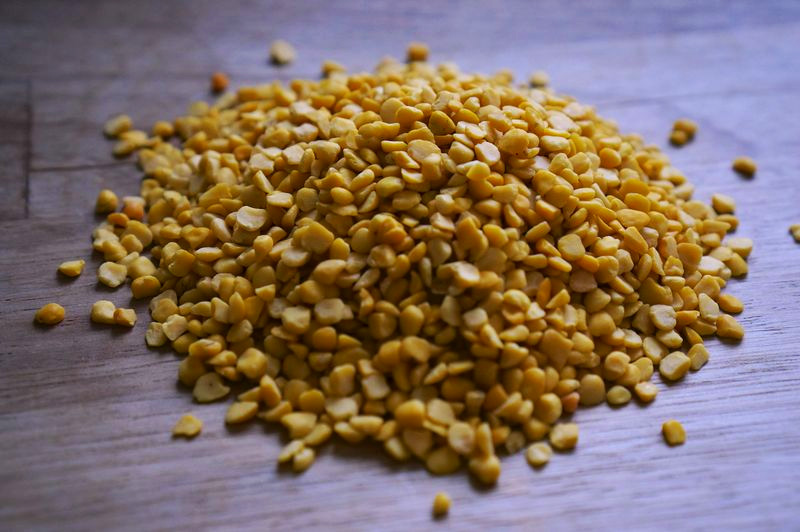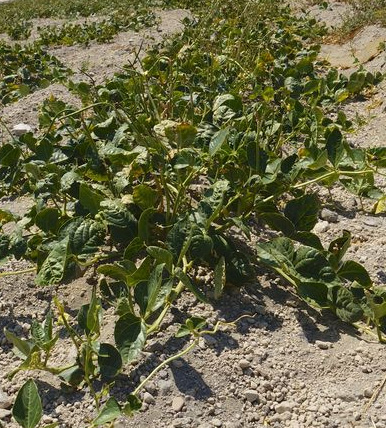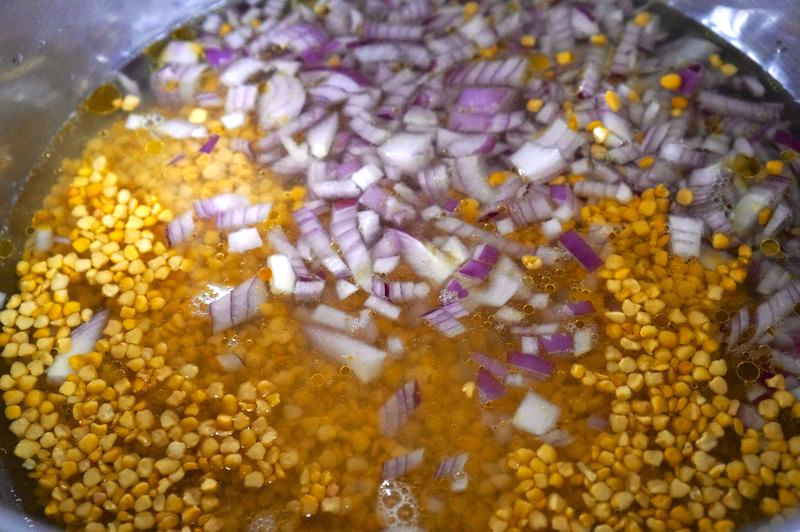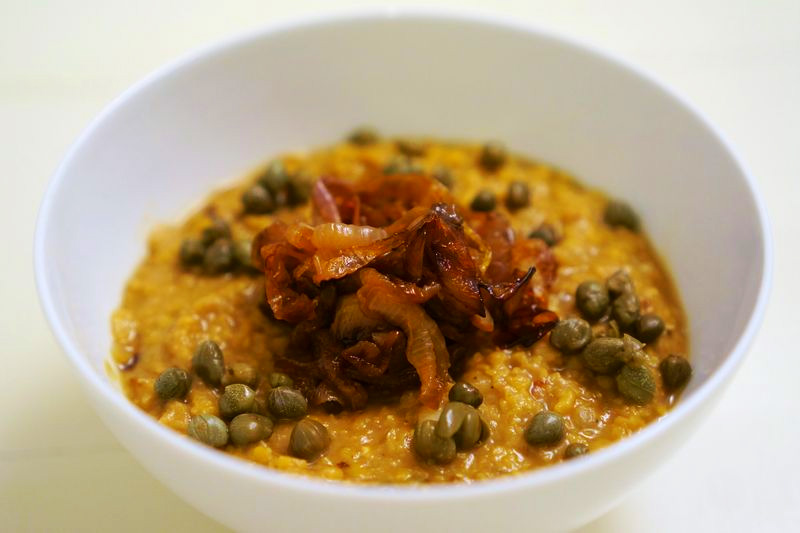August and September in the Southern Mediterranean has been hot and dry. It has been perfect for hanging at the beach and exploring small towns, but eye-opening to see the strains of this climate on growing conditions. Of course everyone knows that plants don’t grow well without enough water, but I’ve never actually spent time investigating local crops in a deserty climate like this before.
Interestingly, many places here have adopted certain crops that grow well in the dry, sandy soil. The island of Santorini, in Greece, is a perfect example. They grow only a few local crops on the island – fava beans, green grapes, white eggplants, figs, cherry tomatoes, prickly pears, and capers. These items grow without irrigation, collecting moisture from the warming and cooling air. Nearly everything else is brought to the island via ferry from more temperate islands like Crete.
I really enjoyed learning about the food systems on Santorini and found a farm growing their special fava beans so I could see the plants myself (below). The plants are quite low and dry looking, but were filled with beans. The beans are dried, shelled, and stored for months. They look a lot like red lentils when they are dried, and I’d suggest using red lentils for this recipe if you can’t find Santorini fava beans in the States.
The locals prepare the fava beans into a paste like hummus. It is served warm at meals, or cold as a snack with a thick slice of bread. We made a batch in one of the Greek cooking classes I took and then I gave it another whirl back at our apartment. It is really quite delicious — especially when you top it with caramelized onions and capers!
Fava Bean Hummus Ingredients:
1 cup dried fava beans (or dried red lentils)
2 cups of water
1 red onion, finely diced
1/4 cup olive oil
1/4 cup vinegar (white, cider, or balsamic)
salt and pepper to taste
Caramelized Onions Ingredients:
3 large onions, sliced
2 tablespoons of olive oil
Rinse your dried fava beans (or lentils) and add them to a large pot, along with all the other ingredients. Bring the mixture to a boil and skim off any white foam that forms on top. Reduce the heat and simmer for 45 minutes, or until the beans are cooked through and the mixture has formed a creamy paste. Feel free to add more water while cooking if needed.
At the same time, begin to caramelize your onions in a separate pan. Thinly slice the onions, toss with olive oil, and begin to cook slowly. Stir them occasionally and watch as the caramelization magic occurs. Keep them on low heat in order to get the sweetest flavor. Cook them for about 45 minutes, or until they are golden and delicious.
In the cooking class we ran the cooked beans through the blender to take out any remaining chunks and create a uniform texture. I didn’t have a blender in our rental apartment, so I left mine a bit chunky. Honestly both were wonderful, so it’s completely a matter of personal preference. Whichever you decide, serve the finished hummus with a drizzle of olive oil, and generous spoonful of capers and onions.
I really liked making this traditional dish and found it a wonderful alternative to basic hummus. It is definitely something I’ll keep in my repertoire when I’m back in Boston. It is a great high-protein meal that is vegan, gluten-free, and dairy-free. Perfect for people interested in clean eating, or cooking for someone with a special diet.
Plus, don’t we all need more excuses to eat caramelized onions!




Leave a Reply